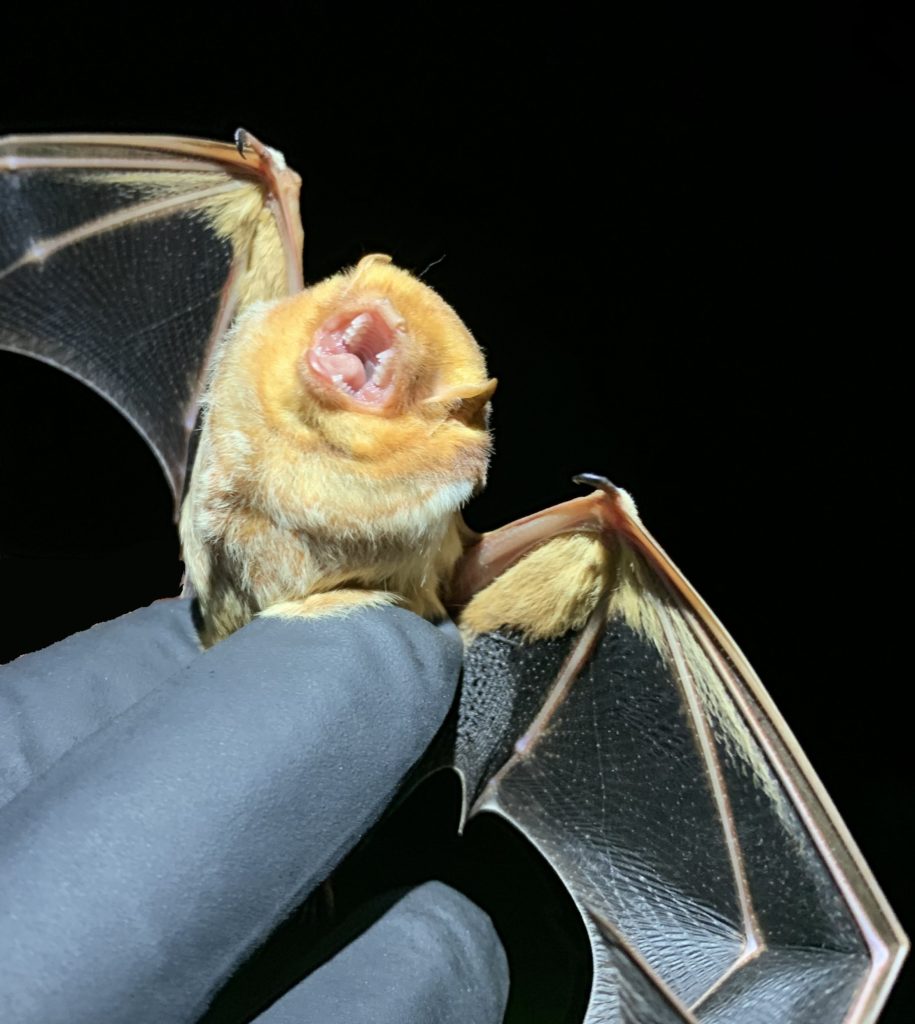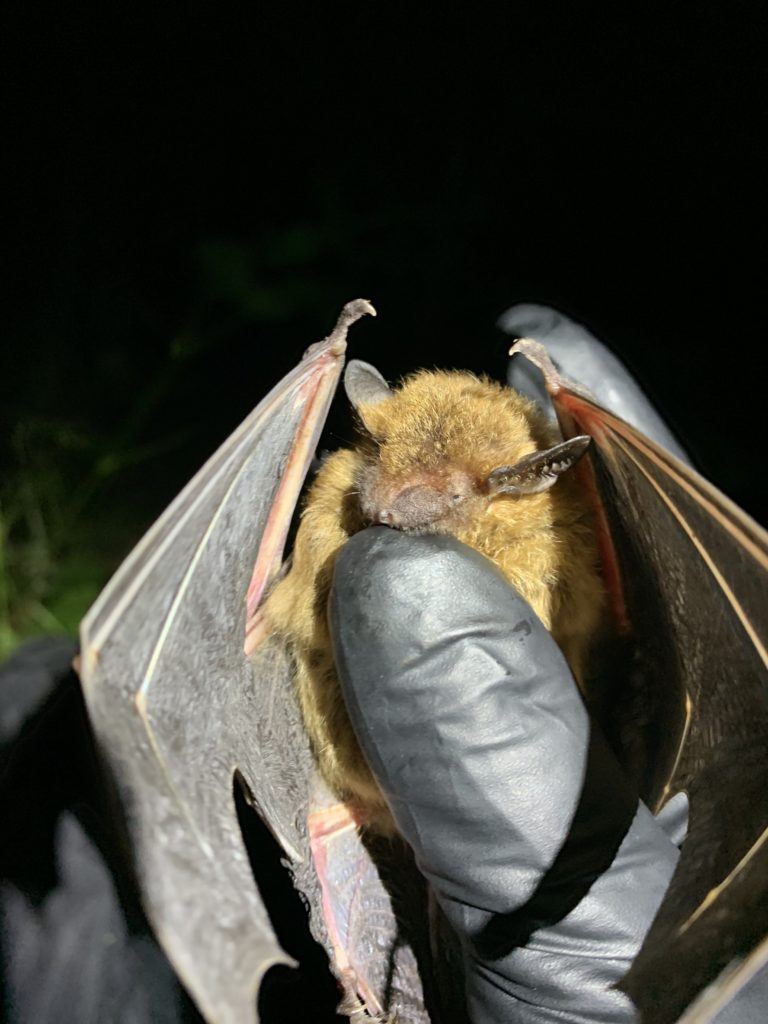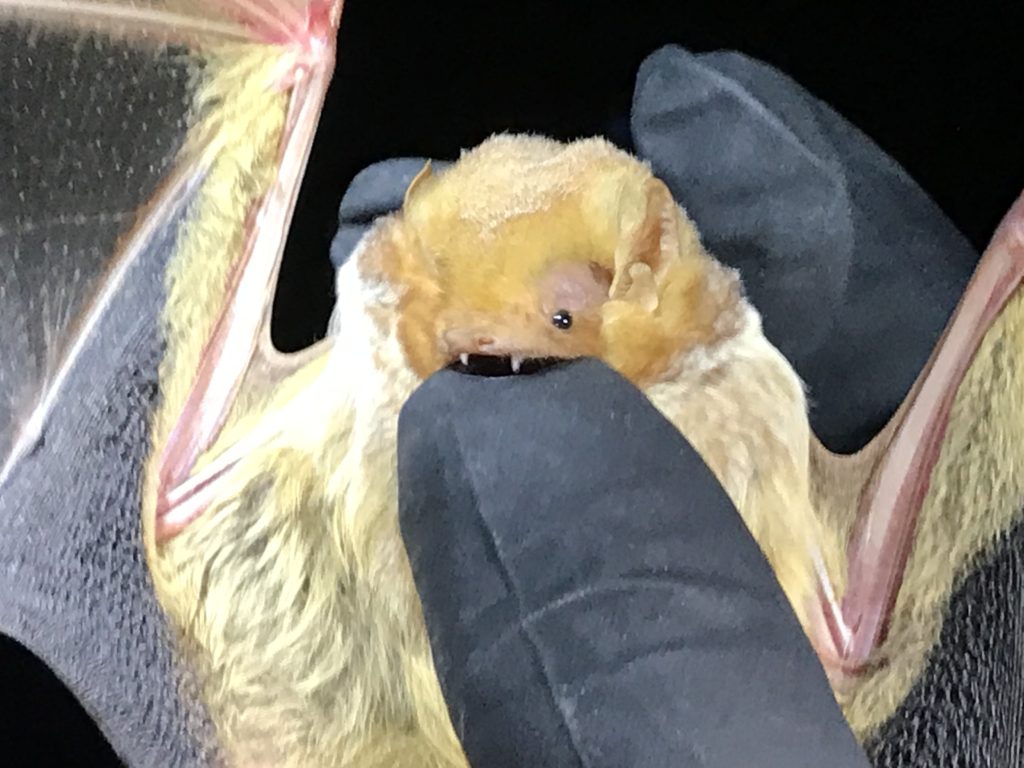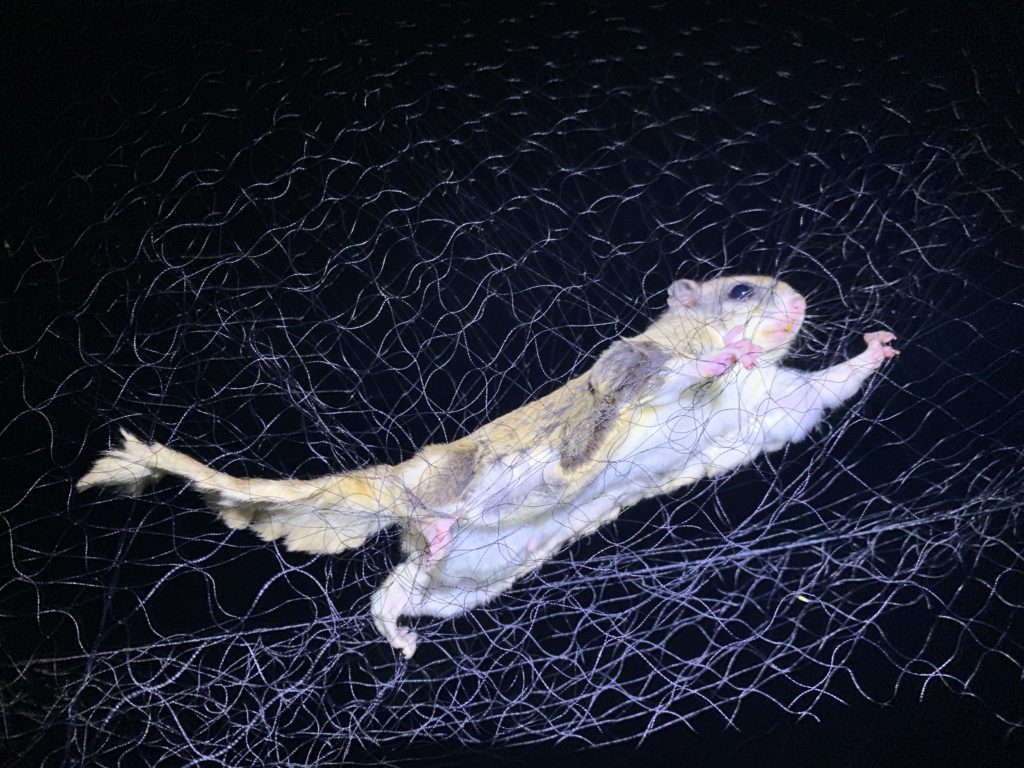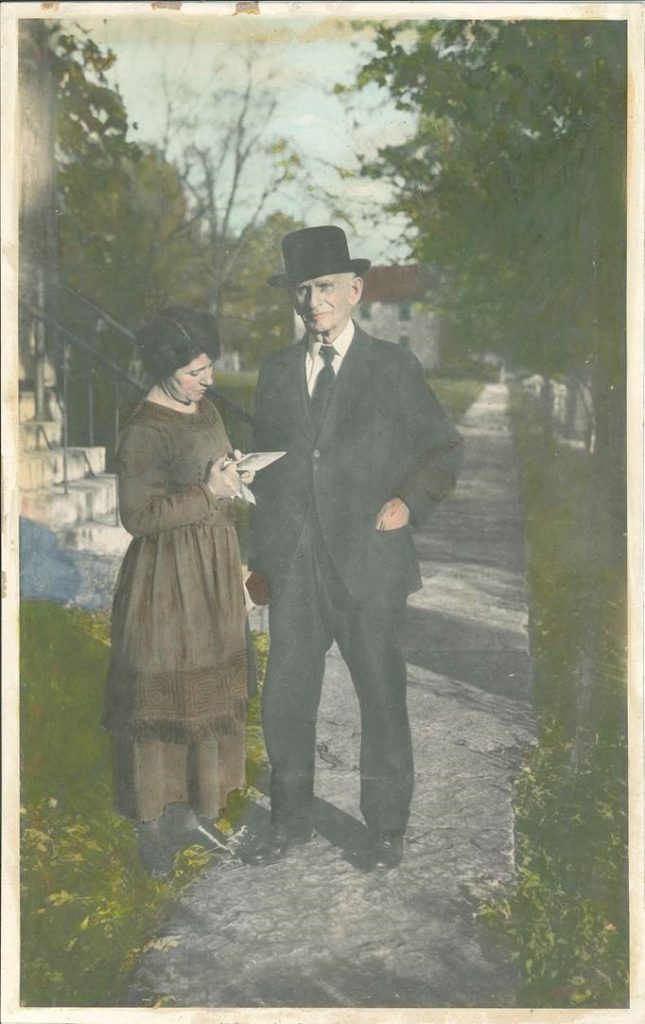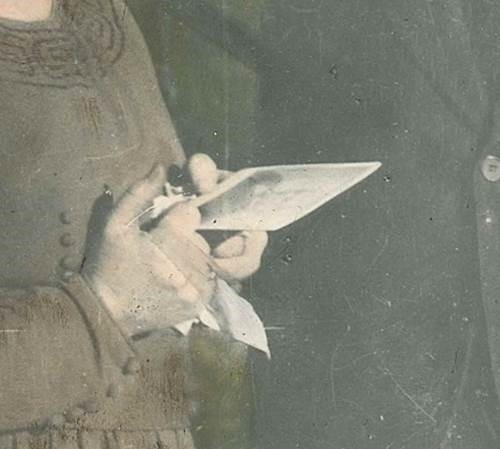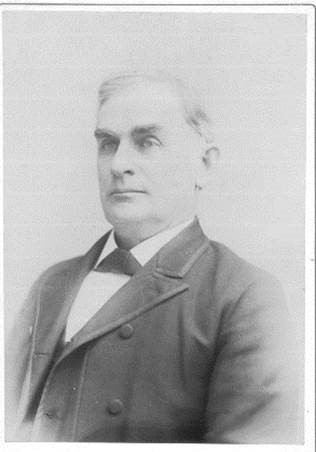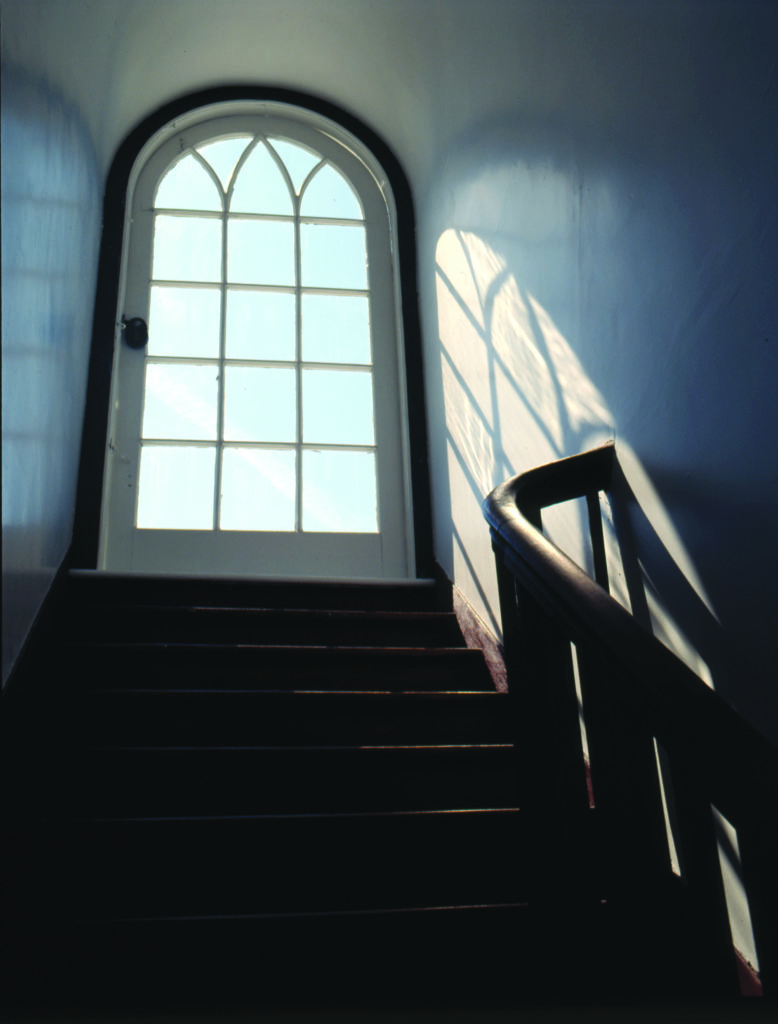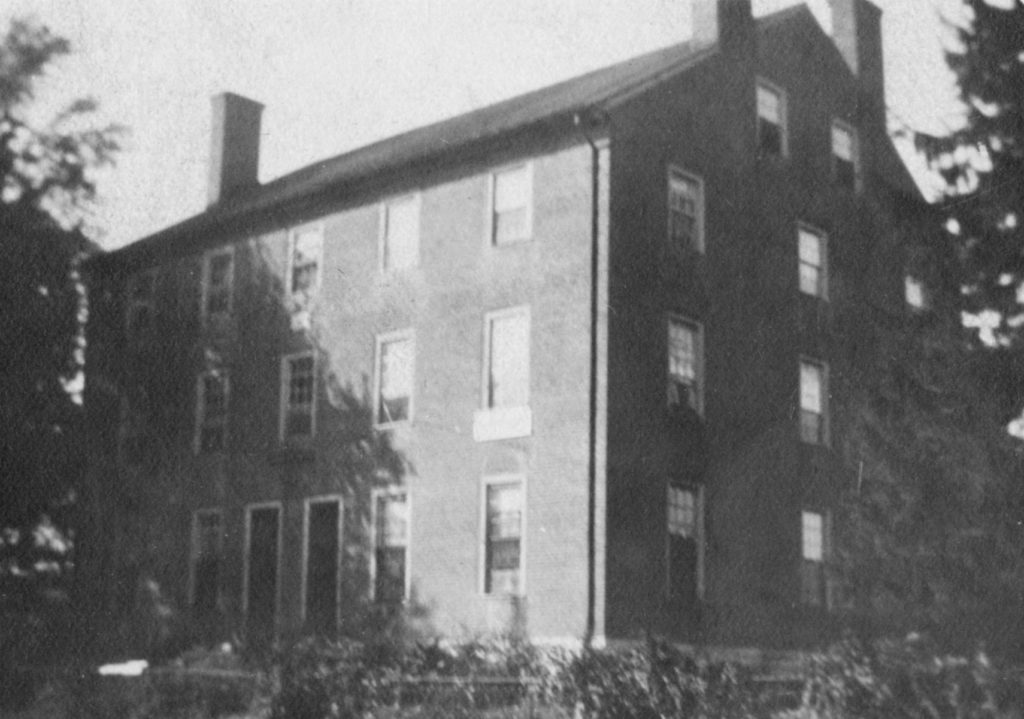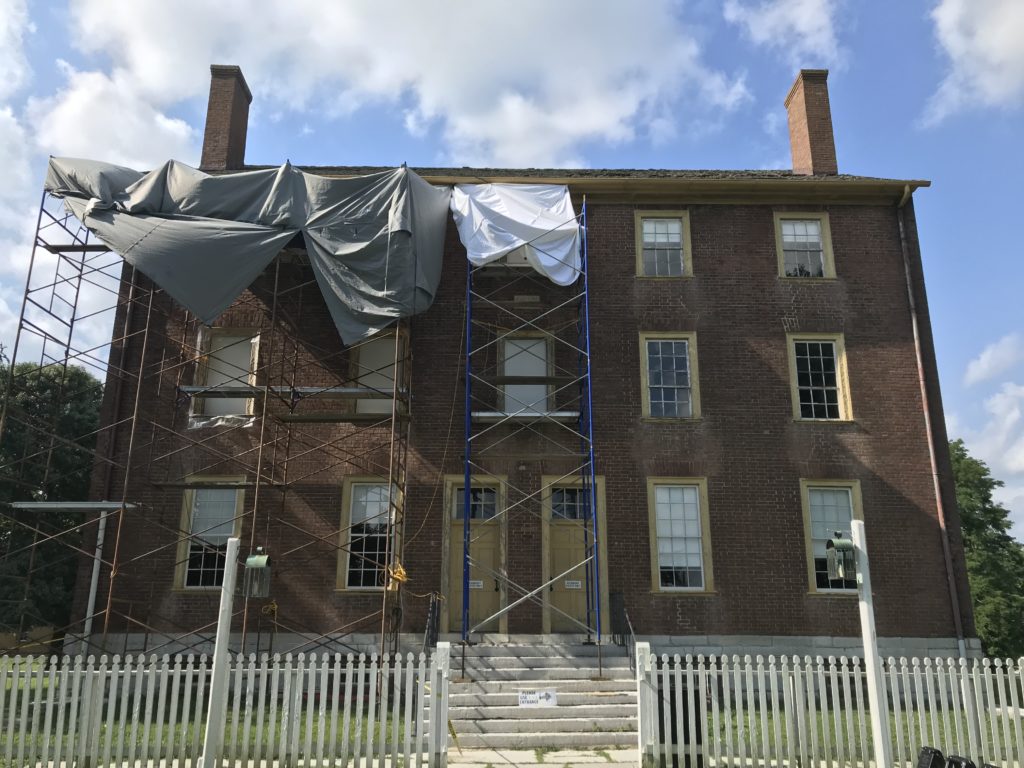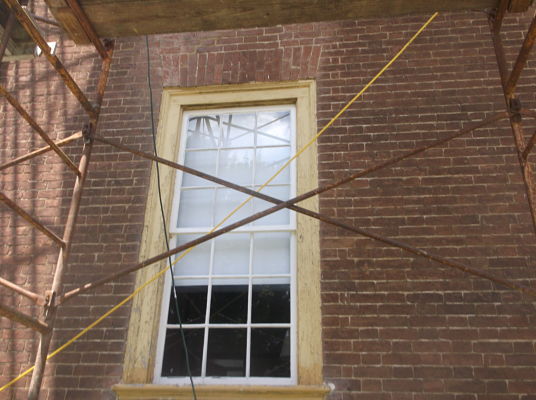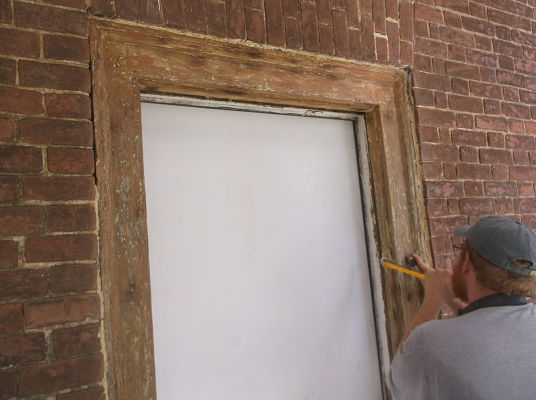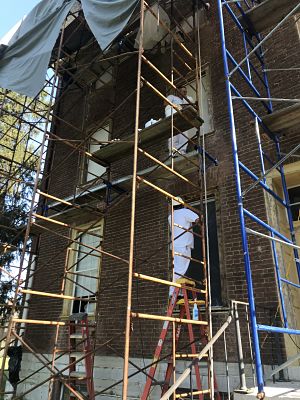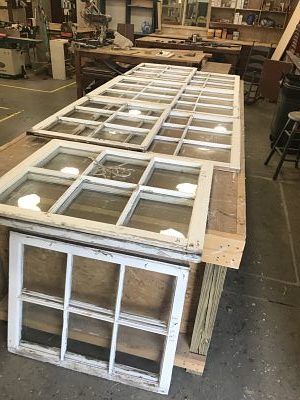William Updike, Vice President of Natural and Cultural Resources
Shaker Village has over 25 miles of historic rock fence along its boundary and within its 3,000 acre property. This fence was originally constructed, primarily, in the 1840s. The Shakers of Pleasant Hill paid a rate of $1,000 per mile to non-Shaker masons who built over 40 miles of rock fence. Standing without the assistance of mortar or other bonding agents, well-built dry-stacked rock fences can last hundreds of years!
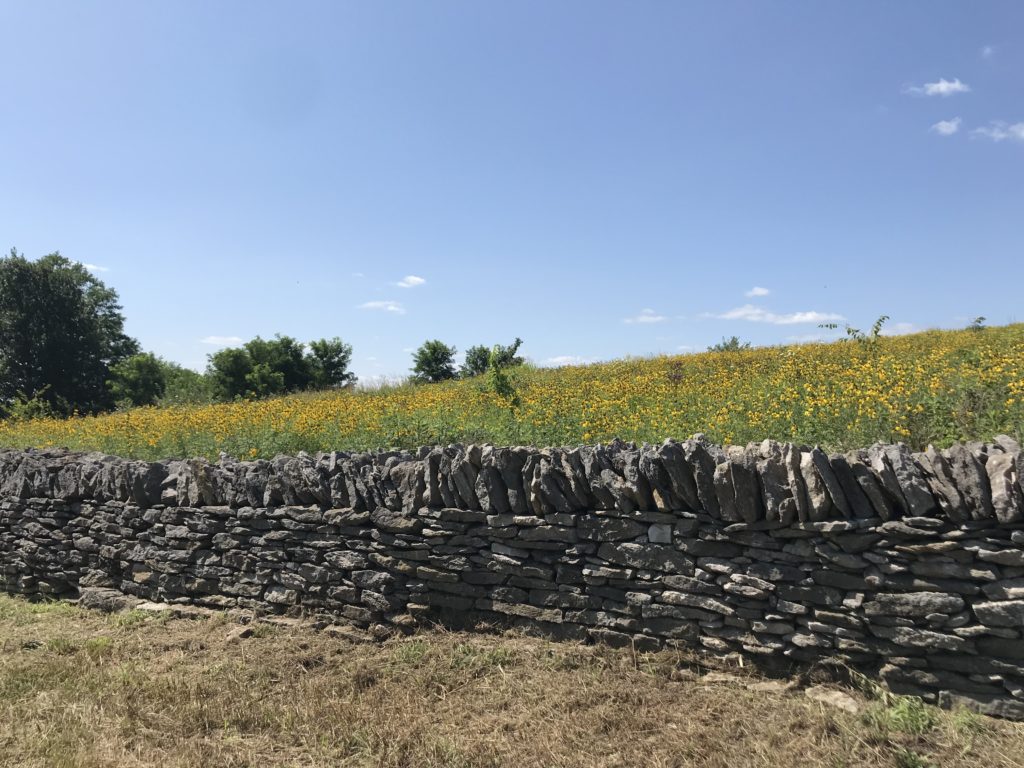
Even though these fences are built to last, fence failures or “breaks” can still be caused by many factors. Sometimes trees fall across them, tree roots up-heave the fences from below, heavy rains can soften the earth and wash-out sections, livestock or other animals rub against the fences and in winter the freezing and thawing of the earth cause movement in the stone.
Our team is constantly at work repairing these rock walls. This year alone, we have repaired 20 sections, measuring 136 feet of wall! In the last five years we repaired 245 sections measuring over 2000 feet!
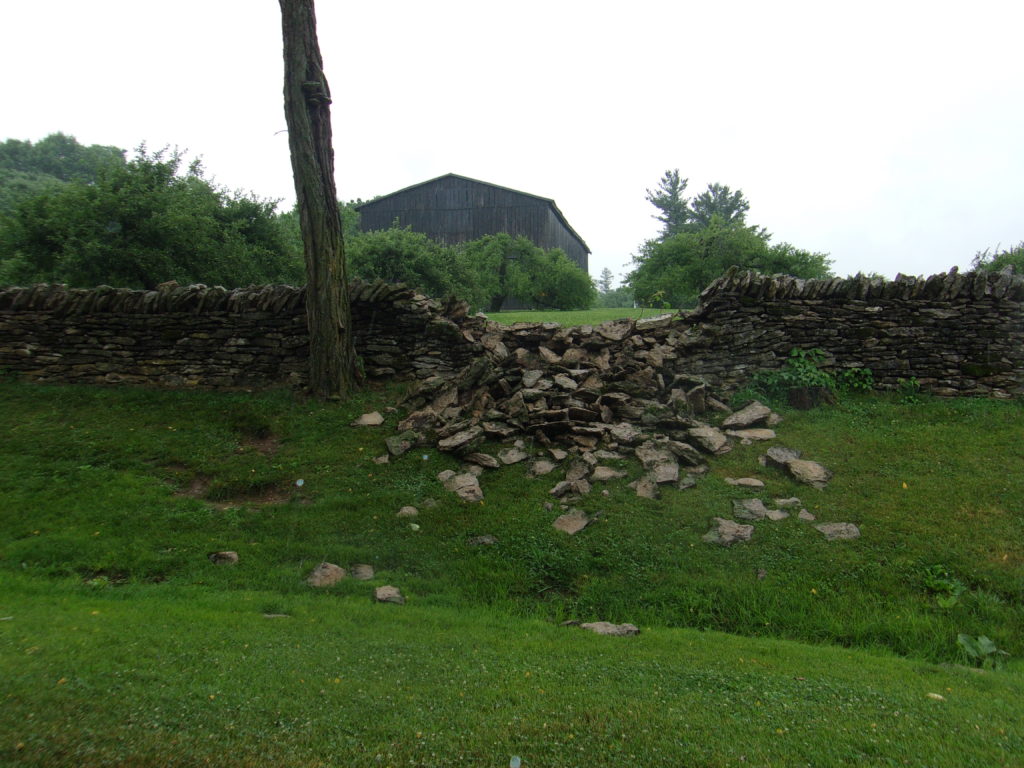
Break in section of fence. 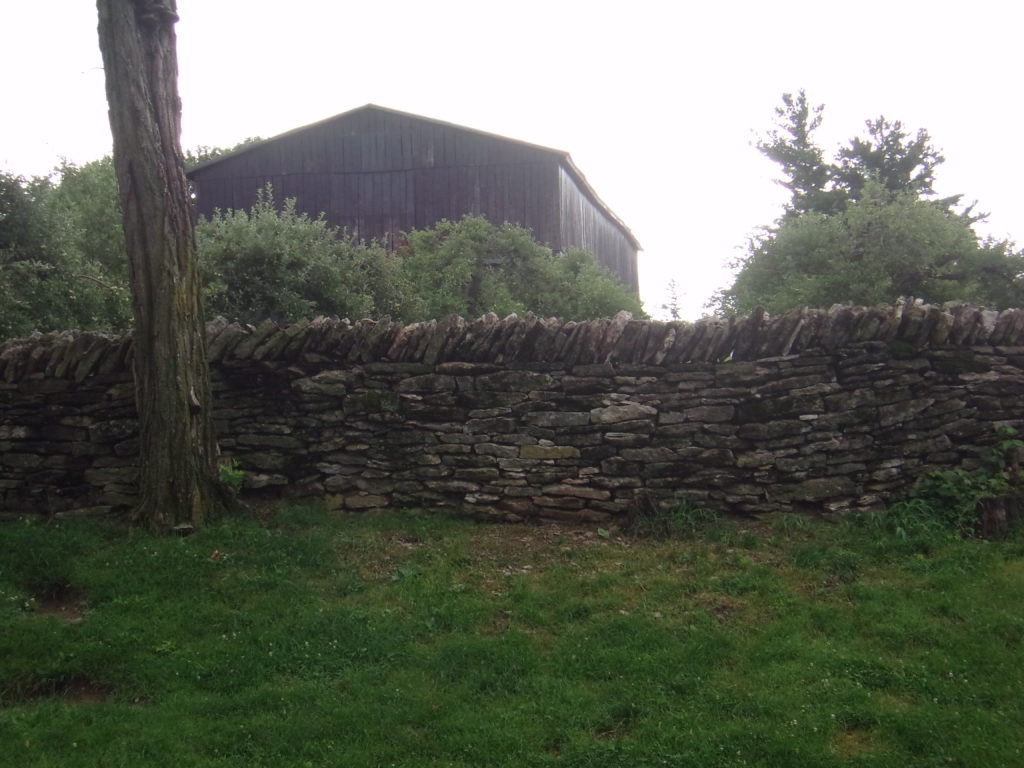
Same fence, after repair.
Our efforts have focused on the most highly visible fences around the Village. We recognize that with so many miles of fence there are sections we haven’t gotten to yet, and with all the rain we have had over the last couple years it seems like there are new breaks occurring regularly!
Wondering how can you help? This fall we are partnering with the Dry Stone Conservancy to hold a workshop on repairing and maintaining rock fence. The workshop will be held October 19 and 20 here at Shaker Village!
Want to take part in the workshop, or learn about the Dry Stone Conservancy?Click here for more information!
We are also happy to accept donations toward maintaining these important features of our landscape!
